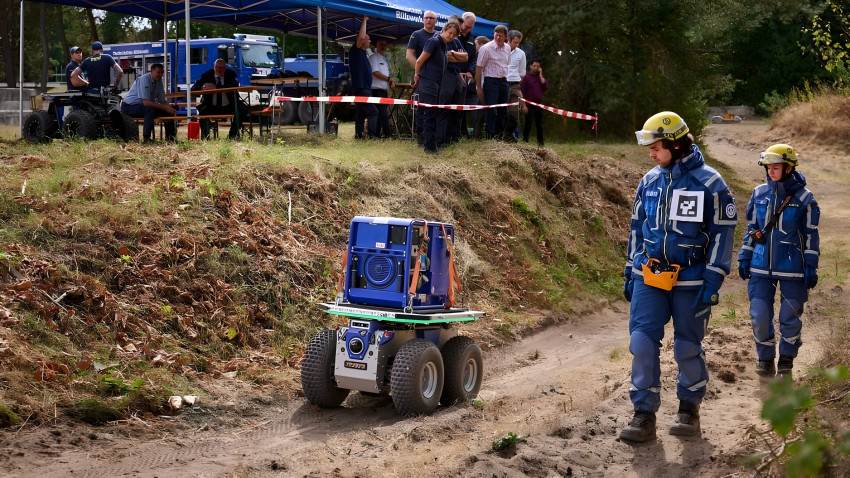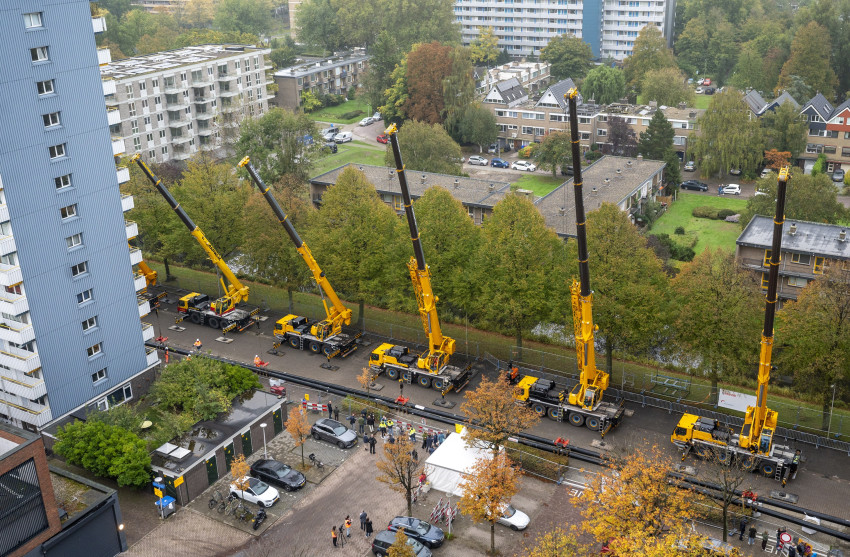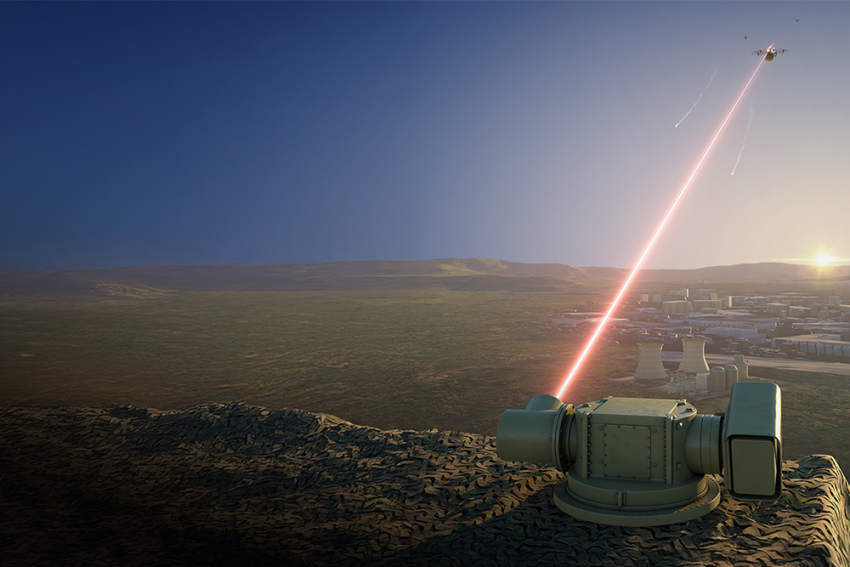
Underground disposal safe for dutch nuclear waste
The safety of underground disposal facilities for highly radioactive waste from nuclear power plants can be guaranteed for a million years. That's the conclusion of a study carried out by Covra, the Dutch storage facility for radioactive waste. Such an underground disposal facility will cost some two billion euros.
The results of the so-called OPERA study (OnderzoeksProgramma Eindberging Radioactief Afval) were presented today. Lasting seven years, it has investigated questions like: which geological layer is best suited to storage; how should radioactive material be packed; how should the underground storage facility look and, no less important, how can the safety of the storage be guaranteed for a period of one million years, as that is the time necessary to ensure that the long-lived radioactive isotopes are no longer a radiation hazard.
System of tunnels at a depth of 500 m
Different geological layers are encountered: Boom clay, Ypres clay and rock salt. According to the researchers, these layers are stable enough for a time span of one million years. Because there is a great deal of know-how on Boom clay in Belgium, the study focused on this specifically.
In short, the bottom line is that a system of tunnels will be dug in the clay layer at a depth of 500 m where the radioactive waste can be stored. The waste is packed in so-called supercontainers of concrete and steel. The costs of disposing of Dutch radioactive material is some two billion euros.
Eventually part of the waste will resurface
The researchers are assuming that the container will disintegrate after ten thousand years, and that the radioactive material will gradually rise through the clay layer. On the basis of model studies regarding the speed at which this process occurs, the researchers conclude that safe levels, which are well below natural radiation, will not be exceeded. After all, the radioactivity of the nuclear waste takes that long to dissipate.
Read more about the details of the storage in: ‘This is how underground disposal works’.
No location designated
The study has not established a location, as the researchers have expressly avoided this issue. They are assuming that the location will be determined in 2100. Construction would thus begin in 2120, and in 2130 the first radioactive material would be stored underground. Read ‘Why will it take one hundred years?’
At the same time, there is a great chance that the Netherlands will ultimately not be organising the storage, but will seek to work together with countries like Denmark, Slovenia or Slovakia. Like the Netherlands, they also possess relatively little high radioactive waste, so that a larger joint disposal facility would cost less than three separate smaller facilities.
Until now, it has been European policy that each country has had to organise its own disposal. But as Jan Boelen, CEO of Covra clarified, a joint approach is now negotiable at EU level. ‘We have put a great deal of effort into ensuring this’, Boelen stated.
Social discussion
The greatest concern for the researchers is that the population will not accept underground storage. For that reason, a group of lawyers, ethicists and administrators have prepared advice for the social discussion on underground disposal parallel to the technical study. And in that approach too, a location has yet to be designated. ‘People would immediately regard this as a fait accompli’, according to Frank van de Heuvel of the advice group. A focus group led by sustainability consultant Jan Paul van Soest will issue proposals for the social discussion on the underground disposal of the radioactive waste.
If you found this article interesting, subscribe for free to our weekly newsletter!







